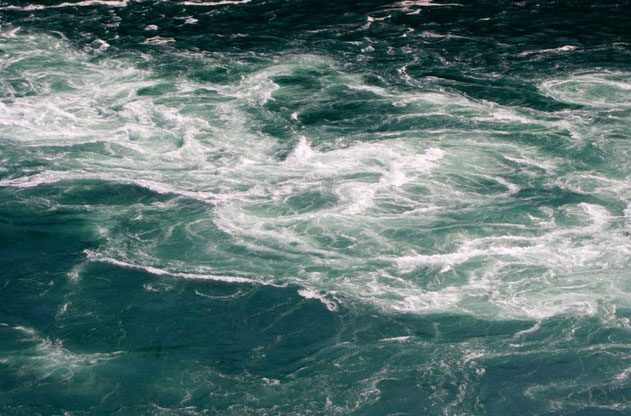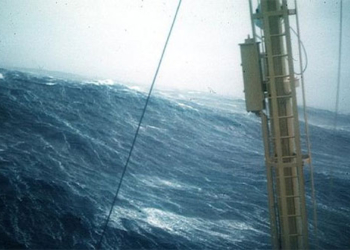Climate change is slowing down the warm water currents from the tropics to the North Atlantic and could lead to a complete collapse of this system.
Climate models indicate that the Atlantic Meridional Overturning Circulation (AMOC) is at its weakest point in over 1,000 years. This “conveyor belt” system consists of currents throughout the Atlantic and is often compared to the bloodstream of the ocean.

Atlantic Meridional Overturning Circulation – (Photo: AMERICAN OCEANS)
This circulation includes large flows of warm tropical water to the North Atlantic, helping to keep Europe’s climate temperate while allowing tropical regions to shed excess heat.
According to research published in the journal Nature Climate Change, if the Atlantic Meridional Overturning Circulation collapses completely—which affects weather patterns worldwide—it will alter ocean structures and shift Earth’s climate towards a more La Niña-like state.
This means more rainfall and flooding in Eastern Australia, and worse droughts and wildfire seasons in the Southwestern United States. Residents along the eastern coast of Australia have already felt the power of La Niña, experiencing record flooding in New South Wales and Queensland.
Meanwhile, in the southwestern United States, a historic drought and severe wildfires have placed immense stress on emergency services and agriculture. The wildfires in 2021 alone are estimated to have cost at least $70 billion.
If AMOC is disrupted, Northern Europe could become colder, with temperatures in some areas potentially dropping by up to 8°C. In contrast, temperatures in the Southern Hemisphere will rise, particularly around Antarctica.
Earth’s climate is dynamic and constantly changing. However, current greenhouse gas emissions are putting pressure on the entire global climate system.
In recent decades, the circulation in the Atlantic has been found to be slowing down, raising concerns among scientists.
What is causing this slowdown? One clear reason is global warming, which is melting the ice caps in Greenland and Antarctica.
As these icebergs melt, they release large amounts of freshwater into the ocean, disrupting ocean currents. This melting rate is expected to increase in the coming decades if global warming continues unabated.
The excess heat from the Atlantic tropics will push more warm, moist air into the upper troposphere (around 10 km into the atmosphere), causing dry air to descend over the eastern Pacific.
This situation pushes the Pacific tropics into a La Niña-like climate state.
Never before in Earth’s history has the climate system been so disrupted by changes in atmospheric gas composition as it is today.





















































